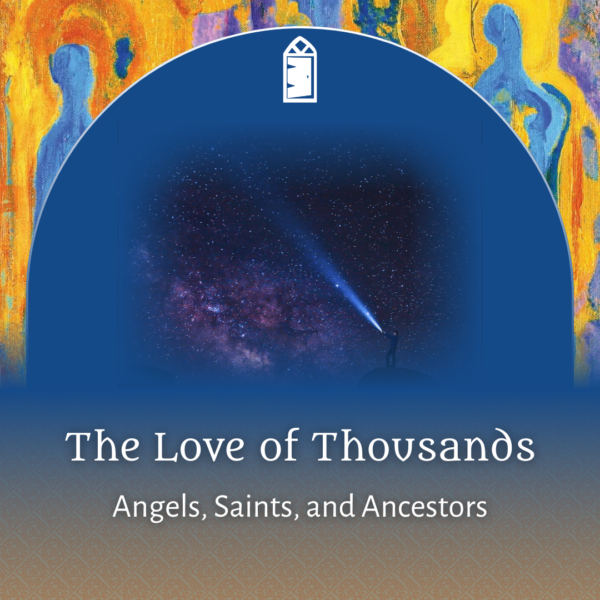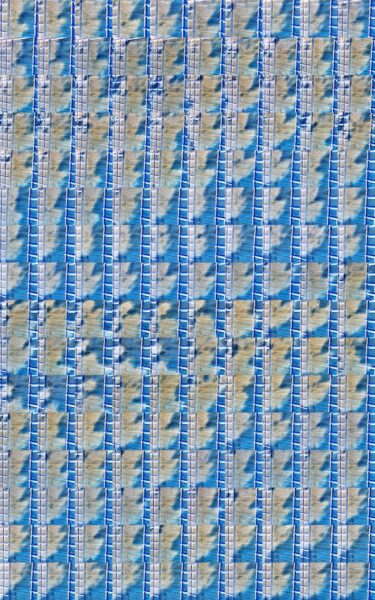
In this family systems work I am doing every time I make a new discovery it leads me down a whole new trail of inquiry. Every question leads to a dozen more. Each thread I follow leads to a whole new landscape for exploration. It is exciting work and speaks to me of the complexity of who we are as human beings. Layer upon layer reveals an inexhaustible depth to our stories if we consider them rooted in the spiral of stories I spoke of the other day.
My father was born in Riga, Latvia, the city of his father’s ancestors. When he was 12 years old the Russians occupied and he fled with his sister and mother on a train. They traveled for three days to Vienna, the city of his mother’s ancestors. I know the impact of living in Europe during the second World War was traumatic for him but he never spoke of it. He rarely spoke of his Latvian heritage either, claiming only to be Austrian. I had been to Vienna many times as a child and on this visit, my first back in 20 years, I fell in love with the city all over again and felt connected to my father’s affection for this beautiful place.
But we also visited Riga, a place I had never been before. I was fortunate to still have some remote family connections there and so was able to see the city and the beach community of Jurmala some 20 minutes drive away where my father and his sister spent carefree childhood summers playing. I have photos of them standing in the white sand by the Baltic sea and then I was able to stand there myself, breathing in the same sea air, and for a few moments participating in my father’s young delight.
My husband and I only spent three days in Latvia, on our first visit we weren’t sure what to expect. What we discovered is a beautiful place, a city set apart for its legacy of Art Deco architecture and nearby a lush forest nestling up against the sea (my favorite kind of landscape). Latvia also has a rich cultural history and were steeped in pagan culture and traditions far longer than most other European countries. Around 1400, Father Peter of Dunsberg wrote that Latvians “worship all of creation… moon, stars, thunder, birds… they have their sacred forests, fields and waters in which they dare not cut wood, nor work, nor fish.” Those practices still thrive today and their central celebration is Midsummer or the Summer Solstice. In a land so far north, the Solstice spreads light wide across the sky. Because of Christianization of the country, this festival was moved two days later to coincide with the feast of John the Baptist on June 24th, beginning the evening before in a whole night of celebration, wearing garlands and oak leaves, and dancing around a bonfire. On a mythical level part of what seized my imagination was that the central celebration of my ancestors begins on my birthday (June 23) and ends on my husband’s (June 24 — we were born one day apart). As long as I can remember I have felt a strong affinity to nature-centered practices and the honoring of the seasons and cycles of the earth. This sacred story of a culture rich in folk songs, dances, and festivals is a part of my sacred story as well. Opening this door reveals another new landscape for me to explore to understand myself.
During my travels I saw many beautiful doors (and took many photos of them too!) — this one above is one of my favorite, in part because of the ornate design, but mostly because of the way it is open just a crack. I am intrigued by doors and what they represent, both open and closed, since I believe both are necessary. There are some things I will never know for certain in this quest for insight and understanding. Some doors will forever remain closed to me and I can only imagine the answers that remain behind.
What are the layers of your story? What are the threads you could follow that would open up whole new worlds of discovery for your own sacred story? Which doors beckon you to walk through them?
(Photo of Town Hall door taken in Melk, Austria)
(c) Christine Valters Paintner @ Abbey of the Arts




9 Responses
Thanks everyone for your marvelous thoughts and contributions. I love hearing what these musings spark inyou.
Songbird — yes, the collective unconscious is such a powerful image and force, yet we don’t do much contemplating of our ancestors in this culture.
Thanks kigen!
Suz — yes, the cultural elements of this journey has been one of the richest for me.
SS — what a marvelous serendipity to remember the anniversary of his birth, I have often thought that creating an ancestral calendar would be a great idea — include as many significant dates for family members passed as you can.
Bette — I love the image of hand-braided threads of vines and shells!
Thank you Mavis!
Welcome back!
Christine, you photograph the coolest doors! The photos from this pilgrimage are already priceless. I enjoyed learning about the Latvian’s nature-centered practices coinciding with your birthdays. I visualize following hand-braided threads of vines and shells connecting forest and sea….
Your photography alone on this journey of yours I believe will feed me the whole way. Exquisite and some might say “exquisite? – they’re doors” and I would once again say – Exquisite!
Personal clip – sacred, perhaps not so, but I received an email from my sister this evening asking a question about our deceased father’s military service. I found the answer to her question but noticed as I read the information card in my hands, that today is his birth date. Sacred or blessed, quite a lovely momentary remembrance. Thanks for allowing me to share that.
xo
Christine,
I did some family systems work about ten years ago but never with the cultural depth that you are experiencing. It means a lot to me to read it and know that there are so many more roads to travel. Thank you for the possibilities of deeper enrichment.
I love the photography of the door…and yesterday’s angel…WOW! I think I looked back at the angels at least five times! I hope you will find ways to share these with many others.
Thanks, Christine — Great post! I too am fascinated by doors ajar, and likewise feel drawn to enter into them (if not “through them”) via photography.
~ kigen
I think it’s Hillman who suggested the collective unconscious is part of our genetic coding, such a wondrous idea and yet so logical when you consider the way the world of our ancestors can resonate for us.
blisschick, I completely resonate with the kind of sense your discovery made to you. This seems to keep happening to me on this journey, yes a discovery of another layer of our genetic stories imprinted on the depths of our being.
Christine, Wow! Keep these posts coming. They are beautifully written, as usual, but I am really enjoying the way you are making connections. This post made me think about how my family has always said they were from Freiburg, Germany, a truly beautiful place, yes, but just a few years ago, I discovered that we are actually from a small town outside Freiburg — a town that is nestled against a lake and reminds me of where I live now. This made some kind of sense to me. The town’s name also means “through the reeds,” and I had just changed my last name (very long story) to Reed. How do things like this happen if not for some level of genetic coding which our “science” has not yet come near to understanding? Something so akin to Jungian theory? I look forward to reading more of our travels and especially of your “interpretations.” Thank you, Christine